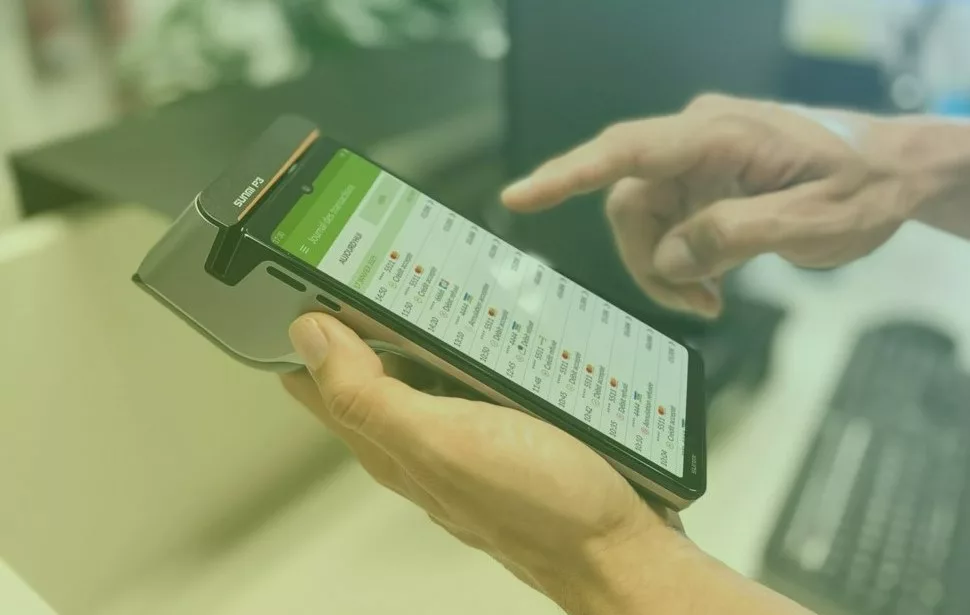The super-app is a platform-based business model with numerous characteristics that could provide Fintech companies as well as merchants with a “playbook” on how to win over clients and customers and future-proof their business.
Super-Apps Explained
A super-app is a mobile application that offers a wide range of services and features within a single platform. Multiple functionalities, such as messaging, social networking, e-commerce, digital payments, food delivery, ride-hailing, entertainment, etc. all accessible from a single app. Super-apps aim to provide a seamless and integrated user experience by consolidating various services into one central hub.
Super-apps originated in Asia, particularly in China, with the emergence of platforms like WeChat and Alipay. WeChat, developed by Tencent, started as a messaging app but expanded to include features such as digital payments, e-commerce, transport, food delivery, social networking, and even utility bill payments. Alipay, made by Ant Group, started as a way to pay on phones. Now, it’s a super-app with features like managing money, buying food, and getting insurance.
Super-apps have gained popularity due to their convenience, efficiency, and ability to provide personalised services. They often incorporate artificial intelligence and data analytics to understand user preferences and deliver targeted content and recommendations.
The central idea that Fintech companies can learn from is how to leverage a vast user base and offer a convenient ecosystem where users can perform multiple tasks seamlessly within a single app.
Who is in the “Super-Race”?
Three Challenges
One obvious downside to developing super-apps is the cost. It is only in the hands of the few to be in the race- basically, it is limited to the global tech giants. The second main hurdle is data privacy regulation, and the third is security.
- The type of super-app we refer to in this article is a vast ecosystem, not «just» interconnected mini-applications. This, generally, takes years of development and acquisitions to build.
- The super app provides services across multiple industries and stores enormous quantities of sensitive data. Esp. Europe has seen much legislation around (The General Data Protection Regulation) and focus on data privacy. If we choose to define Facebook as a «super-app», the recent issues that its parent company, Meta has had with privacy represent an excellent example of the challenges.
- The large “attack surface” that is part of the super-app construction leaves it more open to cyber-attacks. They might have different architectures; some are, in fact, an ecosystem of various (micro)apps (like WeChat’s “mini-programs”), while others have a “monolithic architecture”. In this case, all services and features are tightly integrated within the app. This architecture is relatively simpler to develop and deploy, but it can become complex to maintain and scale as the app grows in size and complexity.
So, back to the race, who is on track to win?
Twitter/X
The very latest development comes from Elon Musk and Twitter, now rebranded “X”. Current CEO Linda Yaccarino tweeted (or X’ed?). “X will be the platform that can deliver, well … everything.” This certainly appears to be a mission statement for a super-app. Twitter/X, however, does face a real uphill struggle on many fronts to establish a super-app platform. Besides numerous challenges regarding regulatory and governance issues, the recent track record regarding handling sensitive data when leaking internal files (The “twitter files” incident) is not a trust builder.
Google Pay, initially a peer-to-peer (P2P) payment app, is expanding its functionalities through tech and marketing partnerships. Now, it is possible to make public transit payments across 80 cities in the U.S. Historically, one can claim that Google is pretty good at digital marketing, and it is a natural next step to create new in-app marketing channels.
Apple
It makes perfect sense for “the world’s most valuable company” to focus on developing their ApplePay and AppleStore systems into “super territory”. With payments, a marketplace and communications (iMessage and FaceTime) covered, it shouldn’t come as a surprise if many more everyday tasks can soon be solved in the Apple world.
Amazon
It is interesting to note how these tech giants come to the super-app concept from such different trajectories. Amazon went from essentially an online bookstore to developing new technology (Amazon Pay, Kindle, Echo etc.), market expansion through acquisitions (Whole Foods etc.) and competing with Netflix, Spotify etc., with Amazon Prime. The latter`s prime function still is that of a subscription service for shipping goods. The social media dimension is missing, but most building blocks are falling into place for the super-app proposition.
PayPal
The payment innovator is apparently strictly focused on the core business, payments. The PayPal and Venmo mobile apps are being developed into multi-functional financial apps. Cryptocurrency trading as well as a buy now-pay later (BNPL) option are included. The company has also developed Even, which is basically a loan app that lets users access up to 50% of the amount of their next paycheck.
Square
Another P2P app is Square`s Cash App. Square was quite early to include decentralised finance into its app by including Bitcoin trading in 2017. In 2021, the company branched out even more by acquiring the TIDAL streaming service from hip-hop mogul Jay-Z. The plan to integrate Cash App into TIDAL hit a “stumbling block” when Block Inc (the parent company of Square) board members were subjected to a lawsuit by shareholders as a consequence of the acquisition.
Meta
The argument has already been made that Facebook could be considered a «Super-app». Today, Facebook lets you send messages or do video calls with your connections, buy or sell on their Marketplaces, find your next job or partner etc. This has been a key to Facebook becoming the world’s leading social media, “inserting” itself into the daily lives of its users, for better or worse.
What to Learn from the Super-apps – Three Lessons
Even though developing a true super-app is beyond most Fintech companies, many lessons can be learned from the “super-app playbook”. A major takeaway is developing a holistic approach from a deeper understanding of the customer lifecycle. It is also about winning the race to own the consumer relationship across digital channels.
The convenience of apps, in general, is a powerful consumer seducer and can convince users to overlook privacy issues etc. As financial companies, we do not have that “luxury”, but there are other characteristics of the super-app experience to learn from:
- Expand your channels through partnerships and/or innovation.
Do not underestimate the consumer’s need to move easily between channels and stages in a purchasing process. Multiple devices and channels are integral to today’s shopping decisions.
- Personalise the customer experience.
“80% of consumers are likelier to buy from a company that provides a tailored experience (Source: Epsilon)”. Super-apps have a massive advantage in this aspect with their unique access to user data. However, taking advantage of data your customer has consented to share is mandatory.
- Reduce steps in the customer journey.
Technology integration and unified commerce are keywords for customer satisfaction and a higher ROI. We all look for the journey with the fewest possible stopovers when traveling. The same is true for the customer journey; the more streamlined the process from browsing to purchasing is, the happier the “traveler”!
The architecture of these apps, the connectivity, the product development and launch, the customer onboarding etc., provide plenty of lessons as well but are more business-specific than the three strategic lessons we have singled out here.




